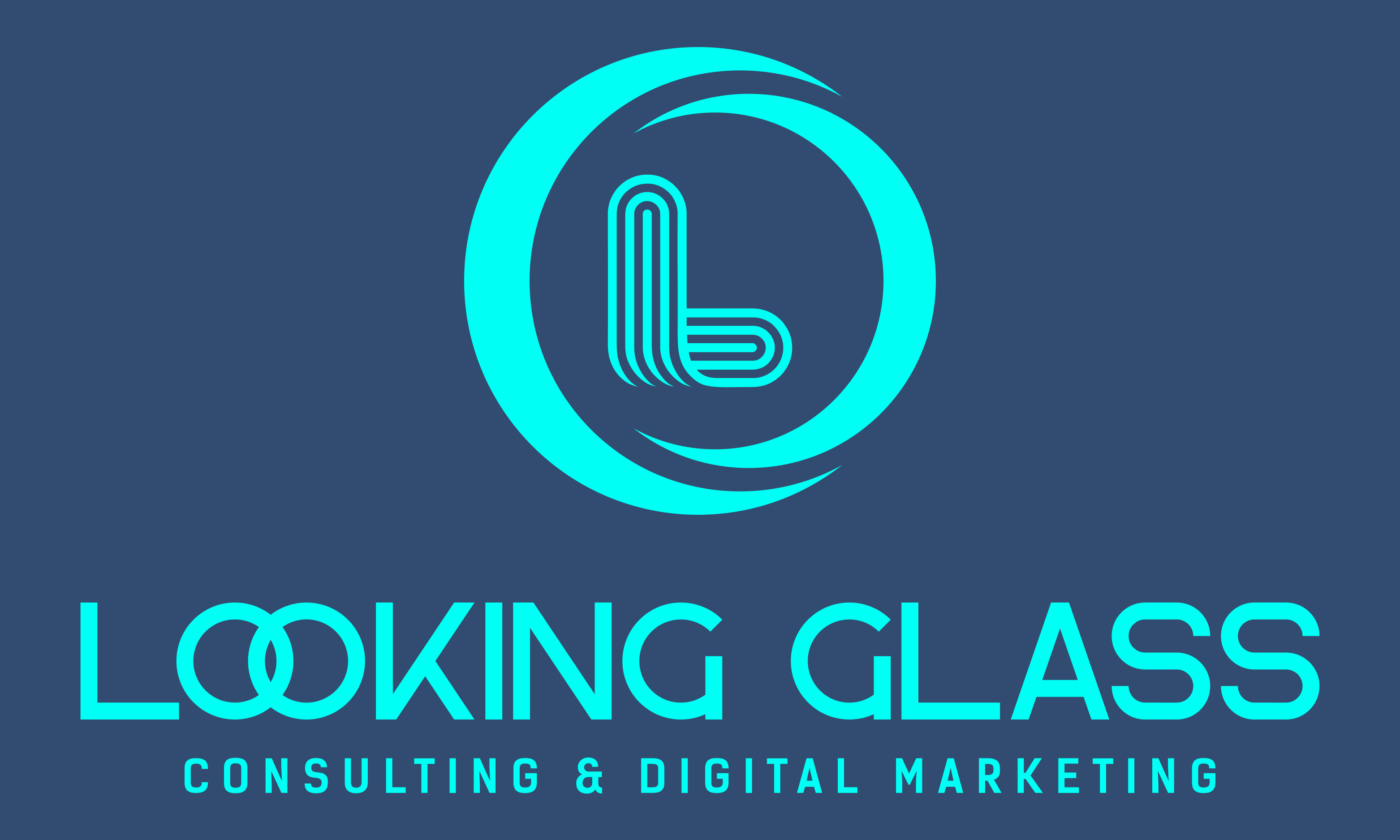
A Guide to SEO and SEM
In the digital age, visibility is key to success. Two of the most effective strategies to increase your online visibility are Search Engine Optimization (SEO) and Search Engine Marketing (SEM). Though they share the common goal of boosting your online presence, they employ different methods and tactics. Understanding the nuances between SEO and SEM can significantly impact your digital marketing strategy. In this guide, we’ll delve into the distinct features of both SEO and SEM, highlight their differences, and explain why your business needs to incorporate both into your digital marketing arsenal.
The internet is a vast ocean of information, and standing out in this immense digital landscape requires strategy and expertise. SEO and SEM are two fundamental approaches that businesses use to increase their website’s visibility in search engine results. While they are often used interchangeably, they entail different techniques and produce varying outcomes. Understanding the distinct nature of SEO and SEM is crucial for any business looking to strengthen its online presence and drive targeted traffic to its website.
What is SEO?
What is SEM?
The Differences
Why You Need Them
Elevate Your Digital Presence
Unlock the full potential of your online presence with the expert SEO and SEM services of Looking Glass Consulting and Digital Marketing. Our team is dedicated to crafting customized strategies that align perfectly with your business objectives, ensuring you not only reach but exceed your digital marketing goals. Whether it’s driving organic traffic through meticulously optimized SEO practices or capturing immediate attention with targeted SEM campaigns, we have the tools, knowledge, and passion to propel your brand to new heights. Don’t let your digital potential go unrealized. Contact Looking Glass Consulting and Digital Marketing today, and let’s create a success story together.









